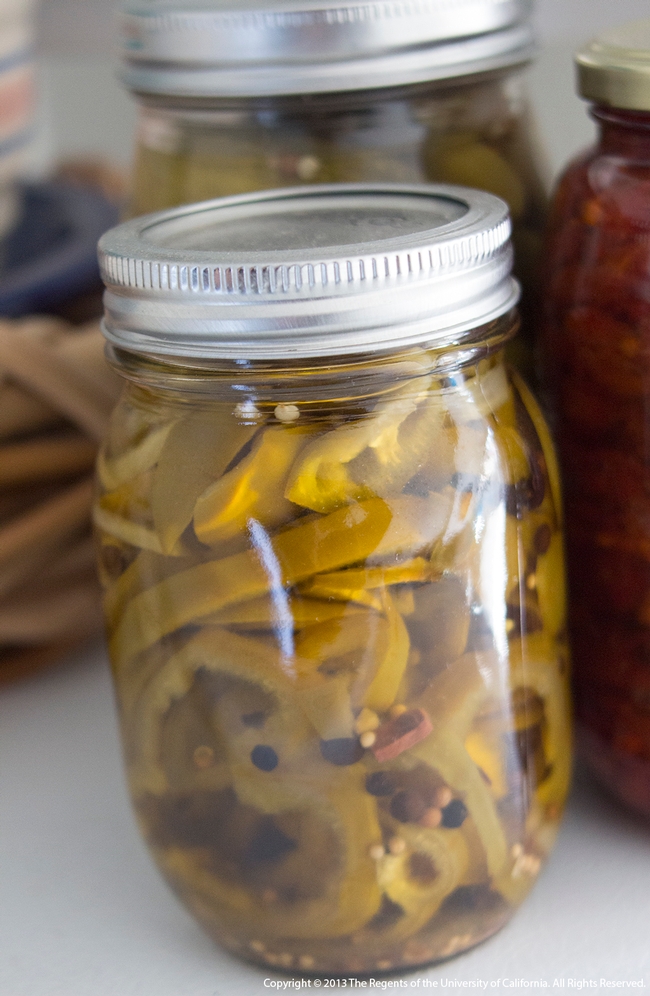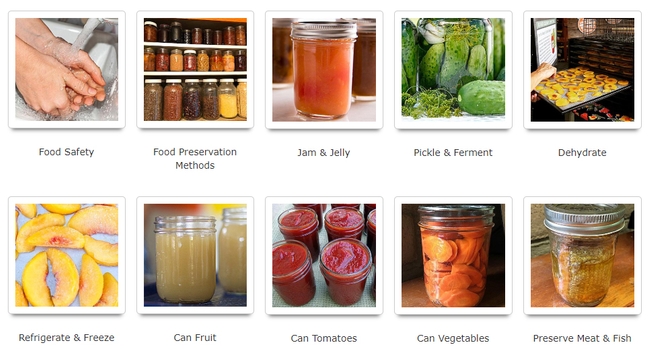Americans' interest in traditional homemaking activities – gardening, cooking, baking bread and canning – has risen dramatically over the last few months, according to Google Trends.
Getting reliable information is particularly important when it comes to home food preservation. But internet search results don't always display research-based information at the top. Using the wrong procedure won't qualify as a hilarious Pinterest Fail; it can be fatal.
To make reliable home food preservation how-to videos easy to find, a team of UC Cooperative Extension professionals and volunteers reviewed and aggregated research-based food preservation videos produced by Cooperative Extension programs across the nation on one website – http://ucanr.edu/MFPvideolibrary.
“As far as we can tell, this site is the only website with a full collection of food safety and food preservation videos from the Cooperative Extension system,” said UCCE Master Food Preserver coordinator Sue Mosbacher. In partnership with states, counties and universities, the USDA's Cooperative Extension system provides higher education to farmers, ranchers, communities, youth and families. In California, UC Cooperative Extension is part of UC Agriculture and Natural Resources.
The videos are divided into 10 categories: food safety, food preservation methods, jam & jelly, pickle & ferment, dehydrate, refrigerate & freeze, can fruit, can tomatoes, can vegetables and preserve meat & fish.
The UC Cooperative Extension Master Food Preserver Program trains and certifies volunteers to teach the public about food preservation techniques and safety. Certified UC Master Food Preservers typically hold community classes to extend the information. During the COVID-19 crisis, in-person classes have been canceled, so video-based learning is critical to educating families who are interested in the craft.

Dustin Blakey, director of UC Cooperative Extension in Inyo and Mono counties and coordinator of the local Master Food Preserver volunteers, created one of the videos in the collection. In seven minutes, Blakey outlines the process of preserving dry beans. (View the video below.)
“Right now, with people losing their jobs, if you have a pressure canner, you can buy a five-pound bag of beans for $5 and make 16 cans of beans,” Blakey said. “If you have the equipment and jars, it's a great way to preserve the food and then this summer, you have it ready to go.”
Blakey said he and his team will be producing more home food preservation videos in the future.
